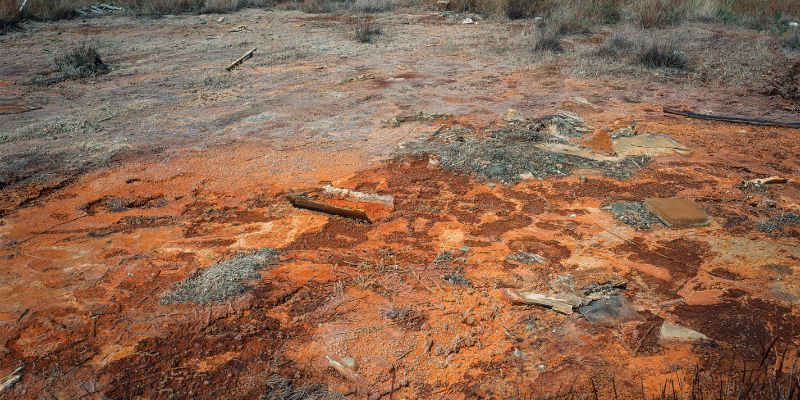Environmental remediation involves the detection and cleanup of contaminants that pose significant risks to human health and the environment. The persistence of these contaminants necessitates thorough site assessments and remediation strategies that are often unique to each type of threat.
This blog explores the three most common types of contaminants found in environmental remediation: heavy metals, organic pollutants, and asbestos. In each section, we outline the source, impact, and remediation efforts needed to manage these pollutants.
Heavy Metals Contamination
Heavy metals, such as lead, mercury, and arsenic, are frequent contaminants in industrial sites, mining areas, and locations with improper waste disposal. These metals do not degrade over time and pose significant health risks, including neurological damage and cancer.
Remediation strategies include soil washing, immobilization, and phytoremediation to reduce metal concentration and minimize risks to ecosystems and human populations.
How Each Remediation Method Works:
- Soil Washing: Contaminated soil is excavated and washed with a chemical solution that separates the heavy metals from the soil particles.
- Phytoremediation: Plants known to absorb heavy metals through their roots are planted to clean up the contaminated site over time.
- Immobilization: Chemicals are added to the soil to bind with the heavy metals, preventing them from leaching into groundwater or being taken up by native plants
Organic Pollutants
Organic pollutants include petroleum hydrocarbons and solvents like trichloroethylene. These carbon-containing compounds are common in heavy industry. Contamination from organic fuels, solvents, and byproducts often causes damage to soil and water sources, which has cascading effects on organisms that rely on them.
Remediation efforts focus on techniques such as bioremediation, soil venting, and carbon adsorption to degrade or remove these harmful chemicals from the environment.
Remediation Options & How They Work:
- Bioremediation: Microorganisms are introduced to the contaminated site to break down organic pollutants into less harmful substances.
- Soil Venting: Air is injected into the contaminated soil to volatilize (emit as a gas) pollutants from the subsurface.
- Carbon Adsorption: Contaminated water or air is passed through activated carbon filters, which trap and remove organic pollutants from the medium.
Asbestos Contamination
Asbestos is often found in older buildings and construction sites, and improper handling during demolition can lead to soil contamination. Asbestos fibres pose severe respiratory health risks, including lung cancer and mesothelioma. Remediation of asbestos-contaminated sites requires careful containment and disposal to prevent further environmental and human exposure.
How Professionals Handle Asbestos:
- Containment: Barriers are set up to isolate the contaminated area and prevent asbestos fibres from spreading.
- Encapsulation: Asbestos-containing materials are coated with a sealant to prevent the release of fibres during removal or future disturbances.
- Excavation and Removal: Contaminated soil is carefully excavated and transported to approved disposal facilities.
Commit to Compliance and Safety with Nichols Environmental
If you’re dealing with site contamination, Nichols Environmental offers innovative remediation services that address a range of challenges. Our professionals ensure compliance with all regulations while implementing thorough and effective strategies. Contact us today to discuss your project and find the right solution for your environmental needs.

